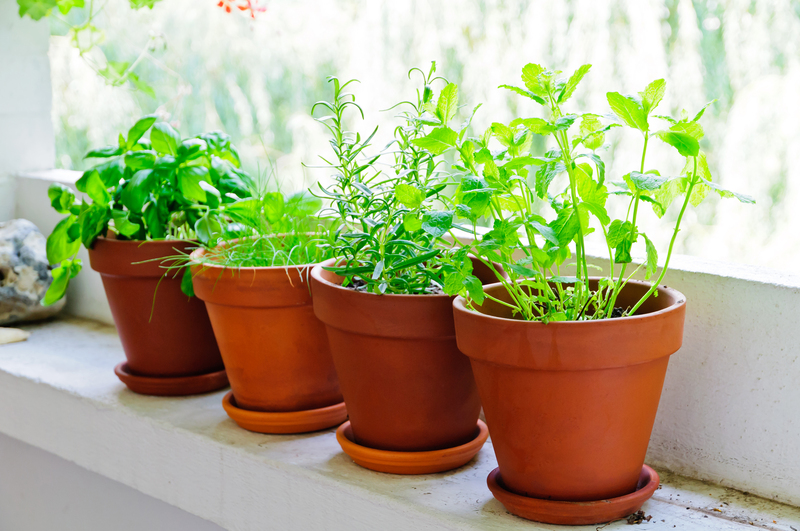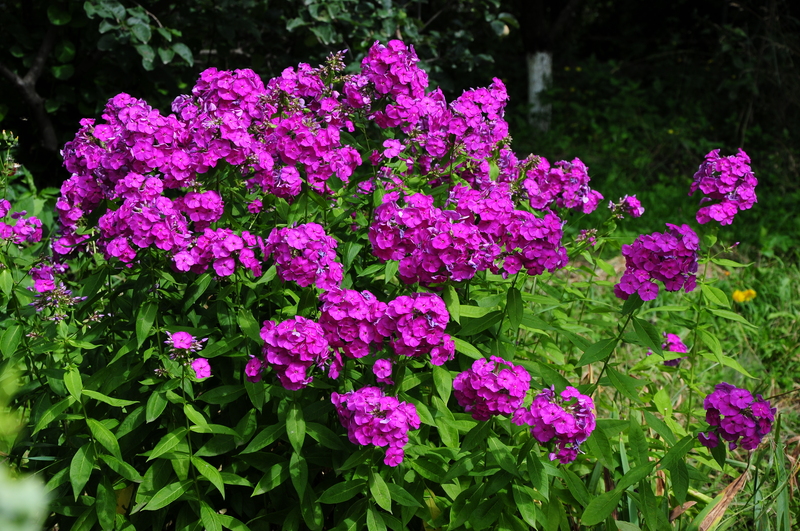Understanding Container Gardening
Posted on 10/11/2024
Container gardening is a versatile and rewarding way to grow a variety of plants in confined spaces. Whether you live in an urban apartment with limited balcony space, a suburban area with a modest backyard, or a rural setting, container gardening offers an accessible solution for cultivating flowers, herbs, vegetables, and even small trees.
Why Choose Container Gardening?
There are numerous reasons why individuals turn to container gardening. One of the foremost advantages is flexibility. Pots, planters, and other containers can be moved easily to optimize sunlight exposure or to complement your home's aesthetic. Additionally, container gardening requires less physical labor compared to traditional gardening, as you can manage soil quality, water more efficiently, and conveniently control pests and diseases.

Types of Containers
The choice of containers can greatly influence the success of your gardening efforts. Here are some common options:
1. Clay Pots: The classic choice, providing good aeration but requiring more frequent watering.
2. Plastic Pots: Lightweight and retain moisture well, though they may not offer the same aesthetic as clay.
3. Metal Planters: Modern and durable but can heat up quickly in direct sunlight, affecting plant roots.
4. Wooden Boxes: A natural look, excellent for larger plants, but requires treatment to prevent rot.
5. Fabric Pots: Offer excellent drainage and root aeration but may need more frequent watering.
Best Plants for Container Gardening
Not every plant is suited for container growth, but here are some that thrive in such environments:
- Herbs: Basil, parsley, mint, rosemary, and thyme.
- Vegetables: Tomatoes, peppers, lettuce, spinach, and radishes.
- Flowers: Petunias, marigolds, geraniums, and pansies.
- Small Fruits: Strawberries, dwarf blueberries, and citrus trees.
Understanding Soil and Fertilizer Needs
The right potting mix is crucial for container gardening. Garden soil is often too dense and can lead to poor drainage. Opt for a high-quality, lightweight potting mix that provides adequate drainage and aeration. Fertilizing is equally important; use a slow-release fertilizer or compost to ensure that your plants receive a steady supply of nutrients.
Watering Techniques
Consistent watering is essential, but overwatering can be detrimental. Generally, containers dry out faster than garden beds, necessitating more frequent watering. Make sure your containers have drainage holes to prevent waterlogging. Self-watering containers can also simplify the process.
Light and Placement
Most plants require at least six hours of sunlight per day. Keep this in mind when placing your containers. If your space has limited natural light, consider using grow lights to supplement sunlight for optimal plant growth.
Dealing with Pests and Diseases
Container gardening limits exposure to ground pests but is not immune to insects and diseases. Regularly inspect plants for signs of trouble, like discolored leaves or unusual spotting, and treat promptly with organic or chemical remedies as needed.
Pros and Cons of Container Gardening
Pros:
- Flexibility in plant placement and arrangement.
- Less physical effort required for planting and maintaining.
- Better control over soil quality and moisture levels.
- Fewer ground pests and weeds.
- Suitable for small spaces and urban settings.
Cons:
- Requires frequent watering and fertilizing.
- Limited root space can restrict plant growth.
- Containers can be costly and may need replacement over time.
- More susceptible to temperature fluctuations.
Tips for Success
1. Start with easy-to-grow plants.
2. Choose the right size container for your plant.
3. Regularly rotate containers to ensure even sunlight exposure.
4. Use mulch to retain soil moisture.
5. Periodically refresh the soil to prevent nutrient depletion.

Takeaways
Container gardening is an excellent option for people of all gardening skill levels. It offers flexibility, easier maintenance, and the opportunity to grow plants in spaces where traditional gardens may not be feasible. However, success requires proper planning concerning container choice, soil, watering, and light requirements.
Conclusion
In summary, container gardening is a rewarding endeavor that allows you to enjoy the beauty and benefits of gardening without the constraints of space. By understanding the fundamentals of container selection, plant choice, soil management, and care practices, you can create a thriving, personal garden oasis in any setting.
Understanding the nuances of container gardening will empower you to bring greenery into your life, whether you're growing a small herb garden on your windowsill or creating an elaborate display on your patio.



